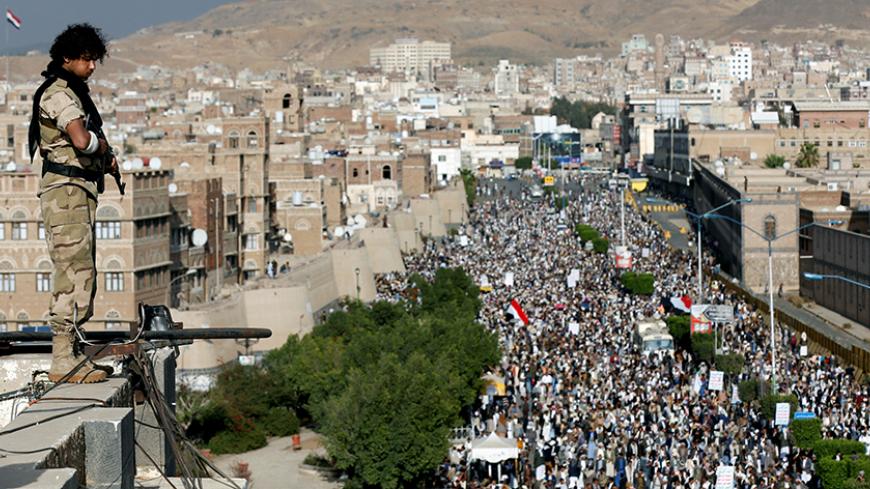The Yemeni capital, Sanaa, has been in the hands of the Houthi rebel group for more than two years now. The Houthi takeover of the capital and large areas of the country in September 2014 led not only to the launch of the Saudi-led coalition military action in Yemen by the end of March 2015, but also started one of the worst man-made humanitarian catastrophes in the country’s history and in the world with more than 3.1 million internally displaced persons, and 17 million food-insecure people of whom about 7 million people are severely food insecure and do not know where their next meal is coming from.
The internationally recognized government headed by President Abed Rabbo Mansour Hadi managed in the early months of the ongoing conflict to regain control of large areas of the south of Yemen, along with the key northern governorate of Marib. The governorate emerged from the rubble of the conflict as a new hub for economic activity that provided for the people of the city and kept the government public revenues treasury afloat. In addition to that, the internationally recognized government, with the help of the Saudi-led coalition and especially the United Arab Emirates, managed to regain control over Bab al-Mandab Strait, located at one of the most important routes of world trade and oil export from the region.



